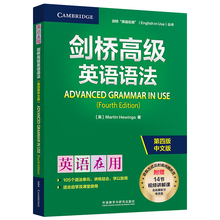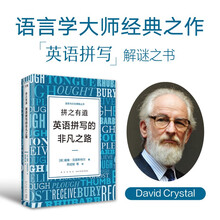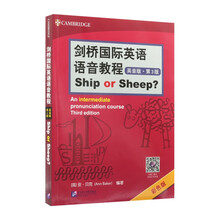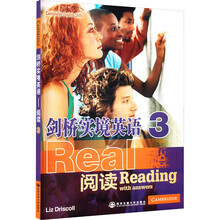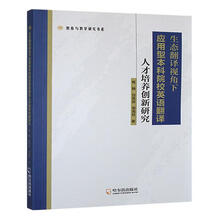Clustering
Clustering is another brainstorming activity to generate ideas. As a prewriting invention technique, clustering is a visual way to show logical relations between and among ideas. It is a non-linear brainstorming technique whose results yield a visual representation of the subjects and organization. It asks that you be receptive to words and phrases and trust your instincts. So, you can always start with a stimulus word——the word or phrase that represents the first, tentative idea of the whole——circled in the center of the page. Then, as each new word or idea strikes, give it a new circle and draw a line from it to the preceding circle. When some new ideas occur, radiate them from the stimulus word or from any word/phrase that seemed to prompt the new idea or strand. Write quickly and be sensitive to any emerging structure. Keep clustering until the moment when a sense of the whole is achieved, that a structure has made itself known. It is suggested that the end layer of this clustering should be examples, facts, etc. which may be used for supporting sentences in a paragraph.
Clustering is a generative tool (i.e. makes use of the unconsciousness in retrieving information) that helps to connect thoughts, feelings, and ideas not connected before. It loosely structures ideas as they occur in a shape that allows for the further generation. It taps the associative powers in a self-organizing process, encouraging a writer to create personally meaningful patterns. On the other hand, clustering can frustrate more linear thinkers——-those who need neatness and order to think clearly.
展开

